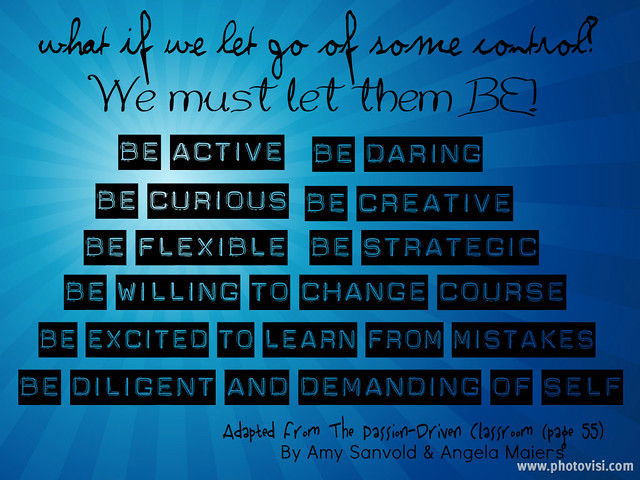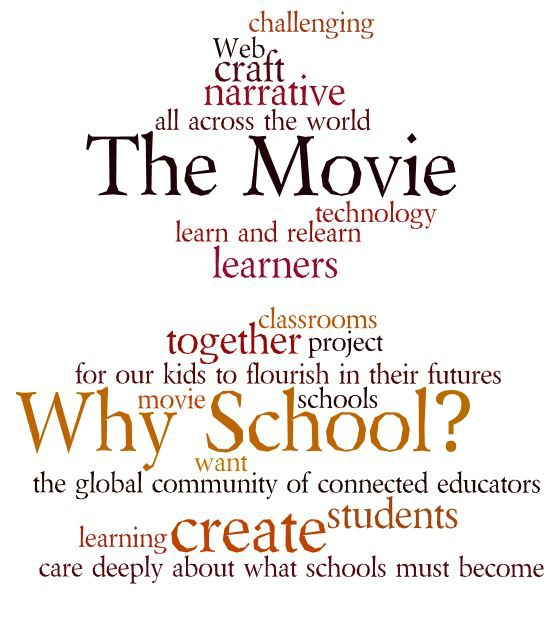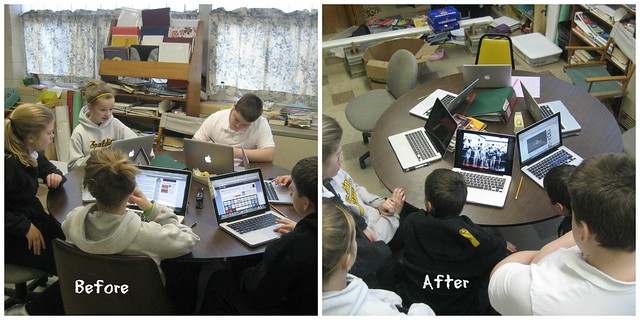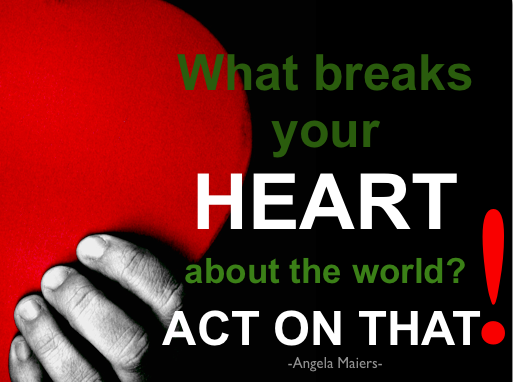
Last night during our Genius Hour Twitter chat and book study of Angela Maiers and Amy Sanvold‘s The Passion-Driven Classroom, I was inspired by passionate educators who inspire passion in their students. I wondered how to help young teens harness their energetic spirit and begin to use it to make the world a better place.
How do I inspire them to act? Could they ever be ready for Angela’s Quest2Matter?
Well, little did I know that I would come to school today, and they would be thinking the same thing I was. How did that happen?
I do have an idea about what inspired them, and it’s very simple. And unrelated to my pep talks.
In science, they were working on a researcher’s workshop project on something related to genetics, DNA or heredity. After watching a recent video interview with Paul Solarz, I had decided to try the KWHLAQ he had learned about from Silvia Rosenthal Tolisano on her Langwitches.com site. (Awesome resources coming from these great connections!)
Well, when they got to the “A” column – “What action will I take?” – they took the chart seriously. That’s when they started brainstorming. Five of them had chosen to study some aspect of Down syndrome, and they were working on the same Google Document. I started hearing things like, “Let’s go on a Buddy Walk.” “Let’s have a car wash and raise money for GiGi’s Playhouse.” “Let’s play games with the residents at Hope Haven.”
They didn’t stop with Down syndrome. They continued their conversation the next period in study hall and came up with this list. (They said we can do some of the list next year. 🙂 Thank goodness! Since school is out for summer in three weeks!)
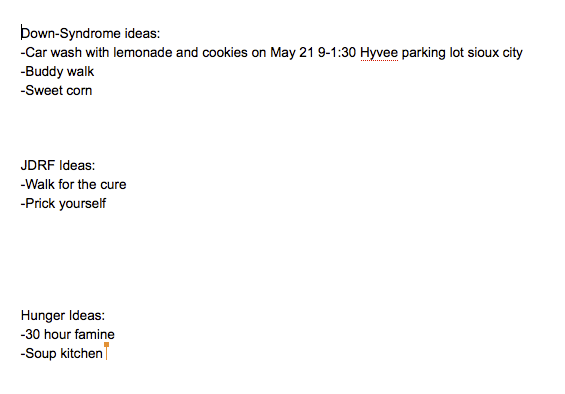
When I met up with them again, they had shared the above Google Doc with me, talked to our principal, emailed a principal at a sister school to see if their 7th graders could join in, emailed the manager at a grocery store to see if we can have a car wash, contacted GiGi’s Playhouse, and…who knows what else!
I loved the conversation I heard: “Can we keep working on this sixth period?” “How about tomorrow? We can work on it in Genius Hour, right?”
Here, I would have thought I was trying to inspire this kind of action all year. If I would have known, I would have tried the upgraded KWL chart months ago!
I love my genius students! And my genius PLN! And, yes, I think they will be ready!

